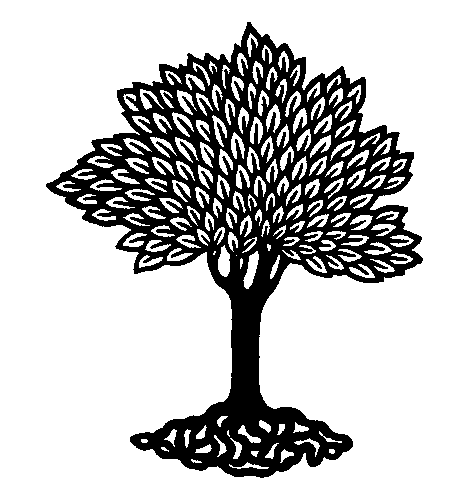 |
Plant Taxonomy
(BIOL308) - Stephen G. Saupe, Ph.D.; Biology Department, College of St.
Benedict/St. John's University, Collegeville, MN 56321; ssaupe@csbsju.edu;
http://www.employees.csbsju.edu/ssaupe/
|
 |
Plant Taxonomy
(BIOL308) - Stephen G. Saupe, Ph.D.; Biology Department, College of St.
Benedict/St. John's University, Collegeville, MN 56321; ssaupe@csbsju.edu;
http://www.employees.csbsju.edu/ssaupe/
|
Inflorescences/Floral Modifications Quiz
Definition Question: Define or describe in a single sentence each of the following.
Circle the Term Question: Assume that you have a flower with 5 sepals, 5 petals, 10 stamens and no carpels. Circle all of the terms that follow that could be used to describe this flower. Note, do not assume anything about the flower, answer based only on the information provided (1 pt each):
| apetalous | bisexual | complete | imperfect | incomplete | irregular |
| naked | perfect | pistillate | regular | staminate | unisexual |
Diagram Questions:
1. In the following drawings, each symbol represents a separate individual of a particular species. The symbol represents a bisexual flower, the symbol represents a staminate flower, and the symbol represents a pistillate flower. Beneath each set of diagrams, label with the appropriate sexual condition (select from the following set of terms bisexual (=synoecious), polygamous, dioecious, monoecious)
Three diagrams to be inserted
2. Identify the following types of inflorescences (select from the following list: simple dichasium, simple monochasium, spike, raceme, panicle, corymb, umbel, head, catkin.
Three diagrams to be inserted
Multiple Choice:
If a flower has an inferior ovary, then the insertion of the other floral organs is termed:
a. epigynous
b. hypogynous
c. perigynous
d. superior
Fill-in-the-Blanks:
Short Answer:
| Top | Plant Tax. Home | Lecture Home | SGS Home |